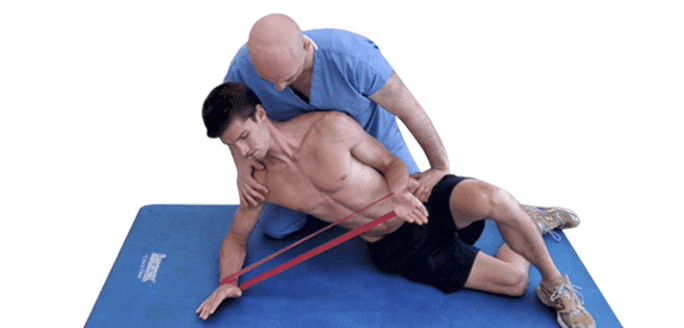New York Dynamic Neuromuscular Rehabilitation & Physical Therapy

Feel the neck pain? Neck repetitive strain injury that’s becoming more common as more people hunch over smartphones. Your phone impact on your posture more than you think. Aggravating muscle pain in the neck and shoulders, and sometimes lower back is occurring even in teens and adolescents. How can using a smartphone or other mobile […]
Read More
Dynamic neuromuscular stabilization is a cutting-edge therapy that can reduce the long-term effects of injuries, enhance strength, improve the patient’s posture and decrease pain. The procedures allow specialists to improve the movements of infants who suffer from conditions that influence coordination. The treatments can typically improve the patient’s reflexes, flexibility and balance. Treating Patients With […]
Read More
The sacroiliac, or SI, joint connects the sacrum at the base of the spine to the pelvis. You have one joint on either side of the sacrum. The joint is responsible for the following: Transferring energy and load between your upper and lower body Absorbing shock as you walk so that vibration does not affect […]
Read More
Herniated disk pain can be debilitating. The intense pain affects adults who are middle-aged, for this demographic is susceptible to disk problems in adults. The disks are essential for absorbing the impact made while walking or running. They also help to properly supply the muscles served by that particular nerve branch. This is why the […]
Read More
The Subtle Relationship between Temporomandibular Joint Disorder and Forward Body Posture Temporomandibular joint disorder (TMD) is an organizational term that is used to include the following: physical activity massage therapy heating pads specialized oral devices commonly associated with advanced dentistry soft massage techniques Professionals agree that none of these techniques are completely effective on their […]
Read More
Cervical dysfunction, which can lead to cervicogenic headaches, is a surprisingly common medical issue that afflicts approximately 35 percent of Americans. According to researchers, the headaches associated with this condition happen due to deep neck flexor impairments and cranio-cervical flexion performance deficits. In other words, any weakness or abnormalities in the cervical facets may end […]
Read More